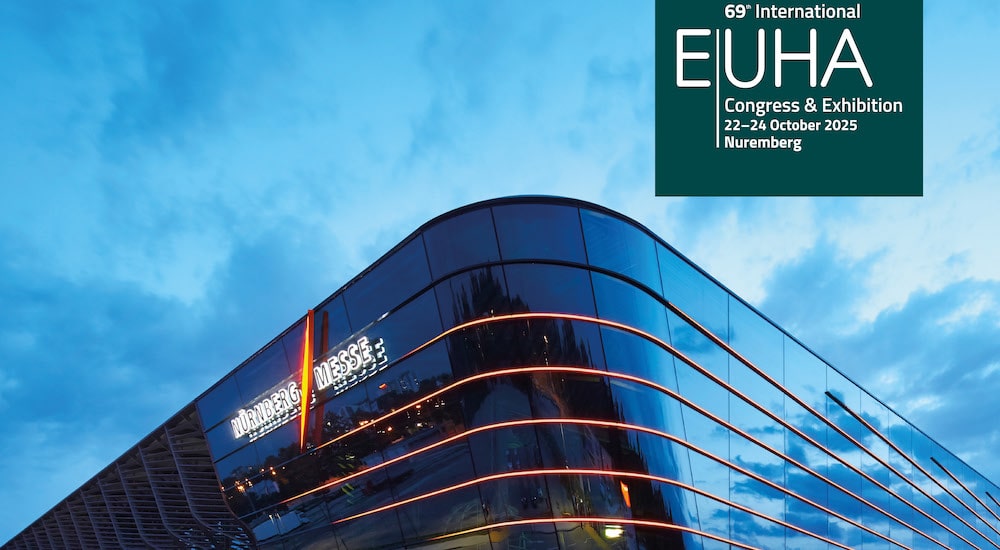THE CASE FOR LOUDNESS MADNESS
And we thought hearing instrument fittings were getting simpler, writes top audiologist Raúl García-Medina.

One has to suspect that the reason why the vast majority of UK (and possibly worldwide) audiologists are not verifying their fittings and/or validating them is because they believe that hearing instrument manufacturers’ proprietary prescriptive formulae meet the needs of the majority of their patients. And therefore, it is easier to go by the principle of least effort.
If you can’t write down the rules you use, you probably don’t understand what you do.
Little do they know that they are selling themselves short. In fact, as Denis Byrne (Australian audiologist referred to by Dr. Gus Mueller as ‘the father of prescriptive hearing aid fittings’)1 wrote:
“The scenario described raises concerns, both scientific and philosophical. Scientifically, the concern is that amplification may become prescribed by a wide variety of proprietary formulae of which few, if any, are validated by published research. A possible philosophical problem is that control of the fitting process is taken away from the fitter, who is responsible for the care of the client.” 2
It is well known that hearing manufacturers’ proprietary prescriptive formulae differ, to the detriment of your patients, from ‘validated’ prescriptive ones like NAL-NL2 or DSLv5. However, we should not expect the status quo to change now. Validated prescriptive methods have been around for the past almost 60 years and the ability to verify these methods employing clinical-probe mic measures have been around for over 40 years.
You would have thought that if this practice was going to catch on, it would have happened already. But no, probably only about 25-30% of audiologist employ probe-mic verification routinely. And this even now, while having the possibility to allow the probe-mic systems to link with manufacturer fitting software, and automatically fit the hearing instrument to target. One just has to sit back and watch it all happen in a matter of a few minutes!
To add to the insult, we also have another issue. We cannot rely solely on an audiogram or Real Ear Measurements (REMs) and meet validated prescriptive targets, because many hearing aid users are still discontented with the overall loudness of their hearing instruments as well as with overall speech intelligibility, particularly in the presence of complex acoustic environments.
Perhaps the two are linked. Perhaps the reduced sensitivity of the basilar membrane and/or reduced endocochlear potential in the presence of sensorineural hearing losses have something to do with it.
Some audiologists tend to rely on clinical experience claiming that such a method is more effective than anything based on a formula could ever be, because they take many more aspects of a patient into consideration than with any prescriptive approach. While Denis Byrne absolutely agreed that there was more to a patient than an audiogram, he was contemptuous of ‘experience’ as a scientific approach to audiology.
In 2001, when Harvey Dillon gave the Denis Byrne Memorial lecture at the annual meeting of the American Speech and Hearing Association, he was the one alluding to the above, and he summarised in three sentences Byrne’s attitude to those relying on clinical experience:
If you can’t write down the rules you use, you probably don’t understand what you do.
If it is not written down, no one else can do it, and no one can test whether it’s better or worse than some alternative approach.
If you can’t evaluate your procedure, you can’t improve it.
I cannot speak for everyone in audiology but I trust the likes of Denis Byrne, Gus Mueller, and Harvey Dillon more than anyone else, so perhaps it is time to take the guessing out of our clinical portfolio once and for all and listen to those who got us all here to start with.
And now back to the issue of loudness perception.
Although current hearing instrument fitting strategies consider loudness perception in the prescription of gain, they typically do not use individual loudness measurements obtained across the dynamic range of hearing to set gain as a function of input level.
There is also a known inter-subject variability of loudness perception when their audiometric thresholds are similar. Therefore, there is also a need to not just take into consideration individual REMs but also the patient’s perceived loudness growth. There are methods for obtaining loudness judgement over a range of stimulus levels, providing information on how listeners perceive the growth of loudness. The earlier methods of the 1990s, such as the LGOB test (Allen, 1990), CAR (Elberling and Nielsen, 1993), Direct Loudness Scaling (Kiessling, 1993), Categorical Loudness Scale (Hohmann & Kollmeier, 1995), Launer (1995), Ricketts & Bentler (1996), and the Contour Test (Cox, 1997) did not always take into account binaural loudness summation and mostly employed narrowband stimuli. Something new is within our reach.
In my previous article, On Loudness Madness, I started to reference Categorical Loudness Scaling (CLS) and the utilisation of binaural broadband signals as a potential method for the fitting of hearing instruments. You have a complementary article on the Audiology Worldnews site titled The Binaural Broadband Loudness Summation by Dr. Dirk Oetting, which I strongly recommend you read. Based on the findings concerning the individual differences of binaural broadband loudness perception, the hearing instrument fitting method, trueLOUDNESS was developed by Dr. Oetting and his team. He has written down the rules and has actually compared it to NAL-NL2!
We will be able to read more about this method in Audiology World News in the near future.
1. Audiology Online 2015; 2. Article in JAAA 1996 – p.378
2. JAAA 1996.
Source: Audio Infos UK issue 148 May-June 2022




